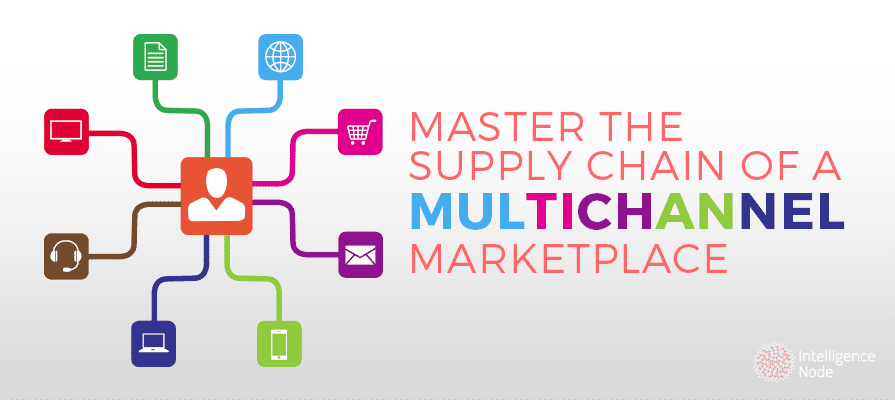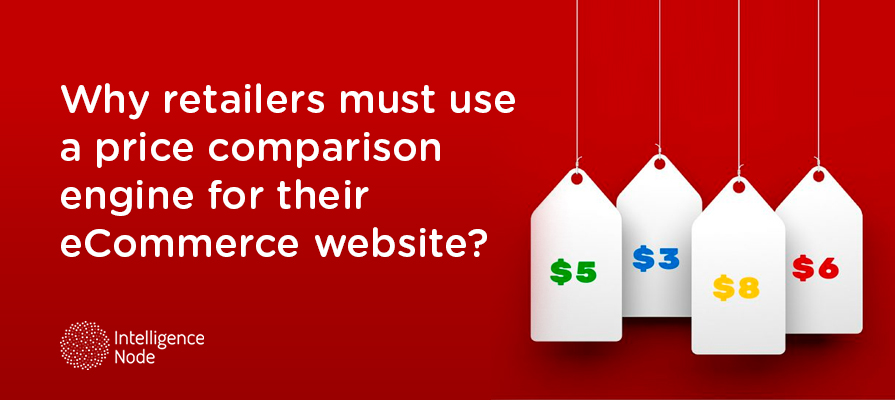At the rate that technology is currently changing, it’s no wonder that the retail space appears to be trapped in a perpetual transition period. From the decline of brick-and-mortar stores in recent years to the diverse options available to eCommerce retailers, having a multichannel marketplace — that is, one comprised of a combination of shopping cart systems, eCommerce marketplaces and brick-and-mortar stores — is fast becoming the norm. In fact, research shows that retailers selling on two marketplaces as well as its own shopping cart earn 120 percent more than businesses without that multichannel marketplace presence.
Tips to Streamline Your Supply Chain
As eCommerce has developed a stronger hold on the retail marketplace, unification and flexibility have risen to the top as the primary strengths in a multichannel business. By bringing your various teams together in their common mission, you’re able to create an environment that puts the customer first, eliminating the more fragmented approach in which each channel operates relatively independently of each other. The result is a smoother, more fluid operation that creates more opportunities for customer engagement, and, yes, more opportunities for you to generate sales. Here are a few tips you can apply to your supply chain to ramp things up.
Ensure that your customer support fits the multichannel approach
Because one of the primary objectives of a multichannel marketplace is to maintain a comprehensive presence, be sure that you’re giving customers copious communication options. They should be able to reach out to you as well as find and purchase your products in multiple places, regardless of what channel initially attracts them. In that regard, the buying process becomes simpler and more user-friendly, boosting conversion and customer retention along the way.
Create easy inventory transfers across channels
According to research, 81 percent of retailers boast a supply chain model that allows inventory to be completely visible across all their channels. Even worse, only 16 percent have thus far managed to optimize transfer capabilities for fulfillment. One of the best ways to move unsold inventory to be set up your multichannel presence so that products can be easily shifted to fulfill demand from any channel that requires it. Siloed inventory only does a disservice to your business operation and, of course, your end users.
Sharpen your delivery and shipping offers
We could go on all day about how useful it is to include free shipping in your business practice. Tons of articles have been written about the benefits this pricing strategy has in keeping your business competitive and driving conversion. However, even if you don’t feel prepared to integrate free shipping into your business, you should at least be beefing up your delivery and shipping offers, as both are often deciding factors for which eCommerce site customers decide to visit.
Allow product returns between different channels
Now that so many industry leaders allow a relatively free flow of products between the various channels of a business operation, it’s vital that you do the same. From a customer service perspective, this means allowing in-store returns — if you’re one of the businesses that has corresponding physical locations — for online purchases as well as free shipments to retailers. Though this might seem like a headache, it ultimately goes a long way toward building customer loyalty and streamlining your multichannel approach.
Chain of Tools
Although the above can provide some guidance regarding how you can make the most of your business’s multichannel marketplace, the key to long-term eCommerce success is to keep your focus firmly on the customer experience. Today’s consumers are savvier and more knowledgeable about product options than ever before, making it imperative that your business stay on top of the latest trends. With the right strategy in place, you’ll be prepared to properly leverage your multiple sales channels and further develop your connection with customers.
For more invaluable insights into how you should approach marketing your eCommerce business and use automation to drive future success, check out our new eBook, “Key Marketing Automation Strategies for Ecommerce Store Success.”




